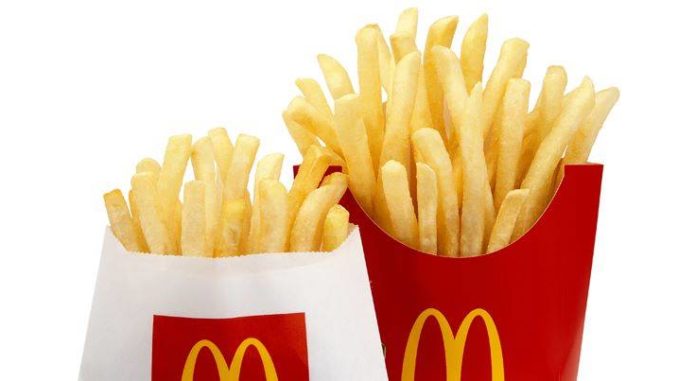
by Marcus Goh & Adrian Kuek
If you’re a parent, you’ve probably racked up many frequent flyer miles to McDonald’s — after all, that’s every child’s favourite restaurant. Since your family spends so much time there, here are some ways to turn your next McDonald’s trip into a MathsDonald’s trip.
How? Not by bringing Maths worksheets there to do, definitely — you’ll get grease and curry stains all over them for sure.
Instead, take this opportunity to enrich your child’s Mathematics skills by asking them what’s the best way to order your next meal. They’ll be quiet, and they’ll be applying Maths concepts in a real-life situation. Best of all, you’ll even get to save money. It’s a win-win situation for everyone!
So here’s how you can turn your next order into a fun MathsDonald’s lesson.
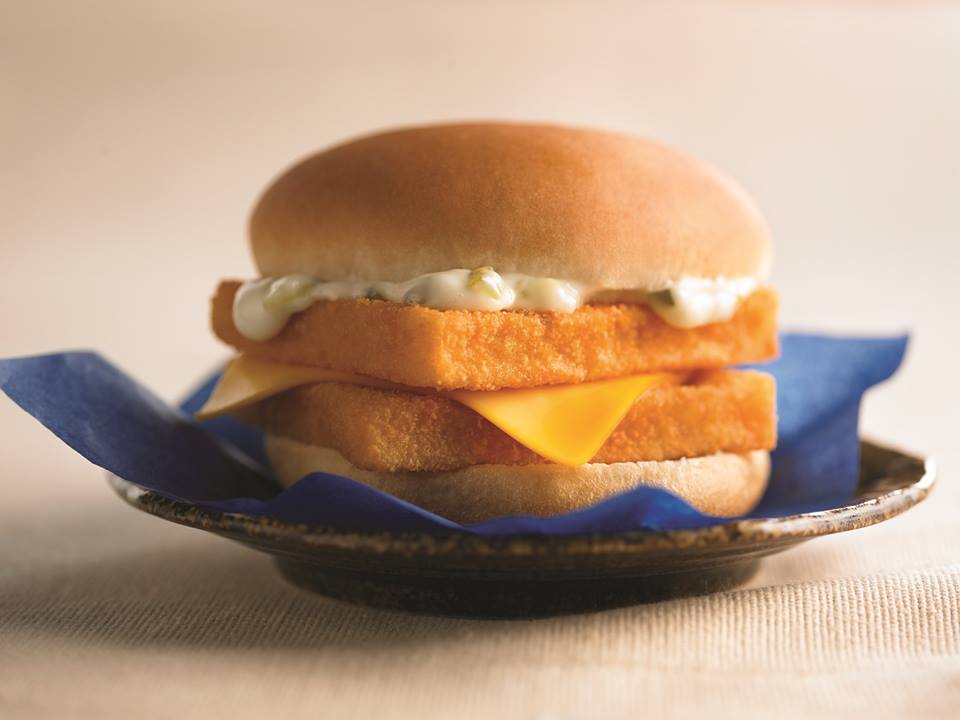
1. Determine what you want to order (question analysis skills)
First, get your child to get the whole family’s orders, and to check the price of each a la carte item. It might seem like you are just giving them something to do, but this trains them to read and assess all the information carefully, before going on to decide what to buy. If this sounds familiar, you’re right! It’s the same set of skills required for question analysis in Maths.
Problem sums require a student to read the question carefully to glean accurate information so as to make the correct calculations. We’re not going to lie here — it’s dreary and boring. However, it’s a skill that needs practice, and what better way to get some practice in?
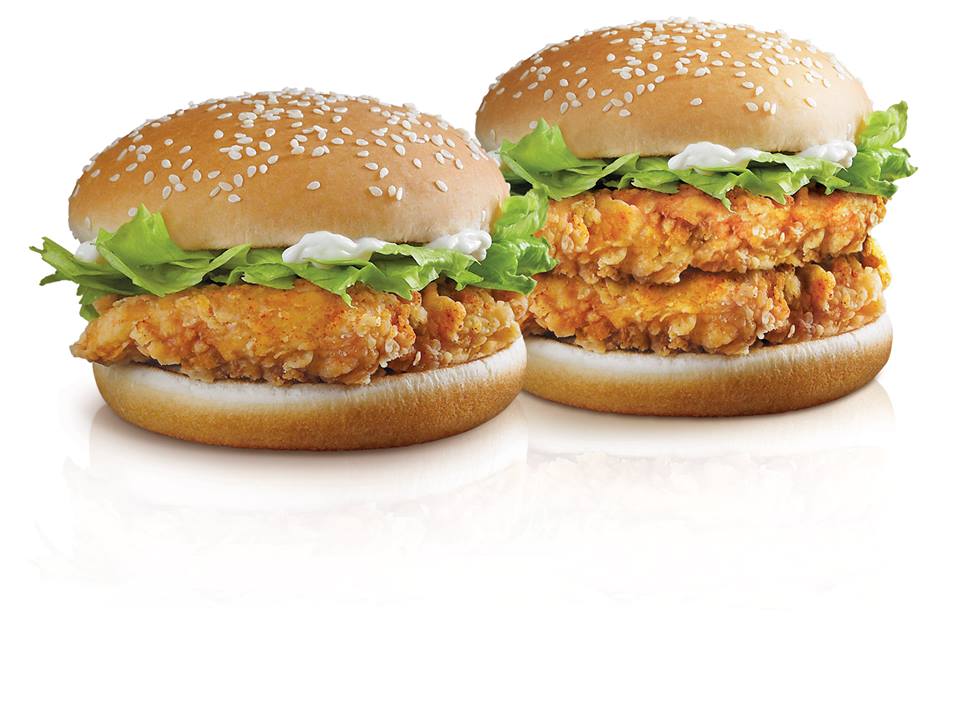
2. Check how many different ways you can buy it (permutation and combination)
McDonald’s offers Value Meals and Happy Meals which are basically discounted packages of a la carte items. This means that unless you want a packet of French Fries and a drink with every main item you order, there are several different ways in which you can purchase your family’s meal.
Ask your child to figure out how many different ways you can buy the meal, using a combination of Value Meals/Happy Meals and a la carte items. This teaches them the basic concept of permutation and combination. While that’s a Secondary Maths topic, understanding it at a young age will help build a good foundation for the topic. Besides, they can start practicing the concept in real life situations once they know what it is.
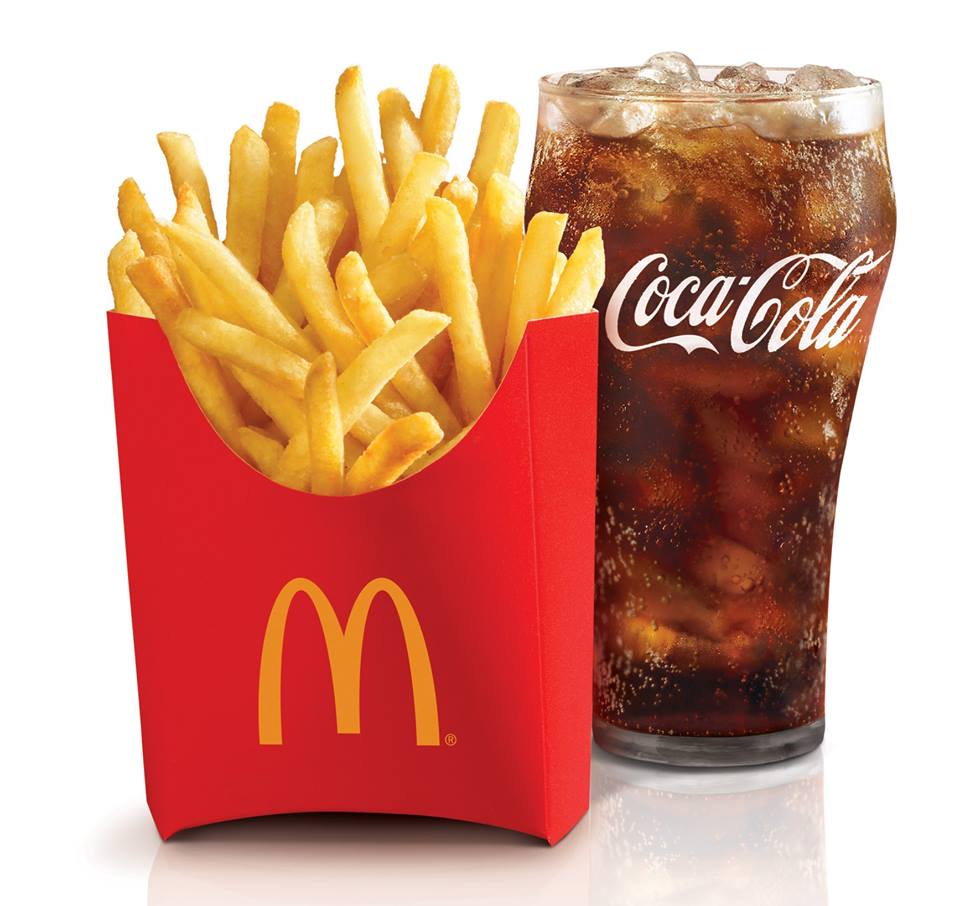
3. Check the price differences between the different combinations they have assembled (comparison and replacement method)
If you’ve ever taken a closer look at Value Meals, you’ll notice that the difference between a Value Meal and the main by itself is not always the same. We went down to check out a menu a few weeks back and these were our findings for Value Meals with a Coke and small French Fries.
Filet-O-Fish: $2.50
Filet-O-Fish Value Meal: $5.00 ($2.50 for the Fries and Coke)
6-piece Chicken McNuggets: $4.45
6-piece Chicken McNuggets Value Meal: $6.00 ($1.55 for the Fries and Coke)
McChicken ‘n’ Cheese: $2.60
McChicken ‘n’ Cheese: $5.60 ($3.00 for the Fries and Coke)
Here’s where the magic comes in.
While it’s always cheaper to order a Value Meal, how much cheaper differs depending on what you’re ordering.
So if you’re not ordering French Fries and a drink with each main, then yes, there is an optimal combination to order. And that’s where your child comes in.
While this may look difficult to us adults, students are actually taught how to do this through the comparison and replacement method for problem sums. So letting them figure this out is, in fact, a real-life application of what they’ve learnt in school.
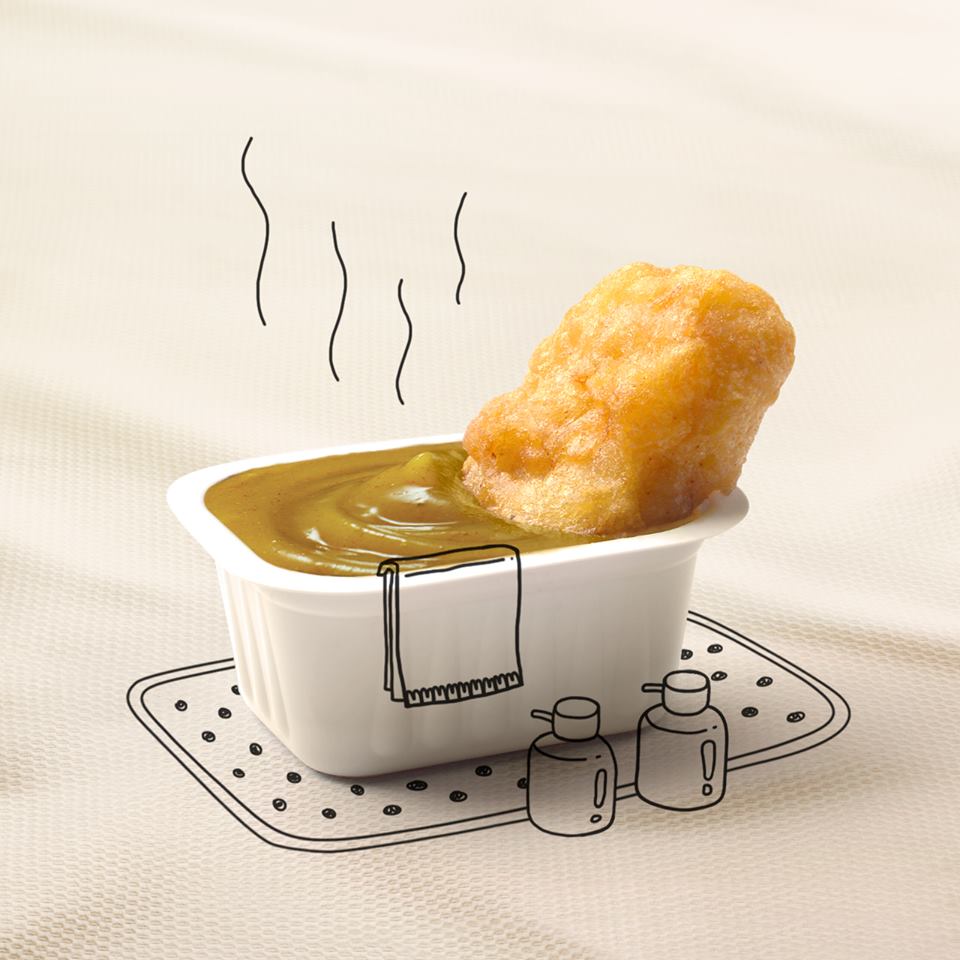
4. Before ordering, ask them to check their calculations (checking your work)
Finally, ask your child to do one quick check just to make sure that yes, they’ve gotten the best combination to order. They may grumble since they’ve already done so much hard work and they just want to order the food. But like with all the other steps, there’s an important principle behind this.
Checking your work.
For all subjects, not just Maths, it’s imperative that a student checks his or her work before handing it in. It’s to make sure that there are no careless mistakes and that the question requirements have been fulfilled. From a very pragmatic perspective, this is to make sure that no marks are lost unnecessarily.
And in this case, it’s to make sure that you’ve maximised the finite amount of money you have by getting the best value for what you’ve spent.
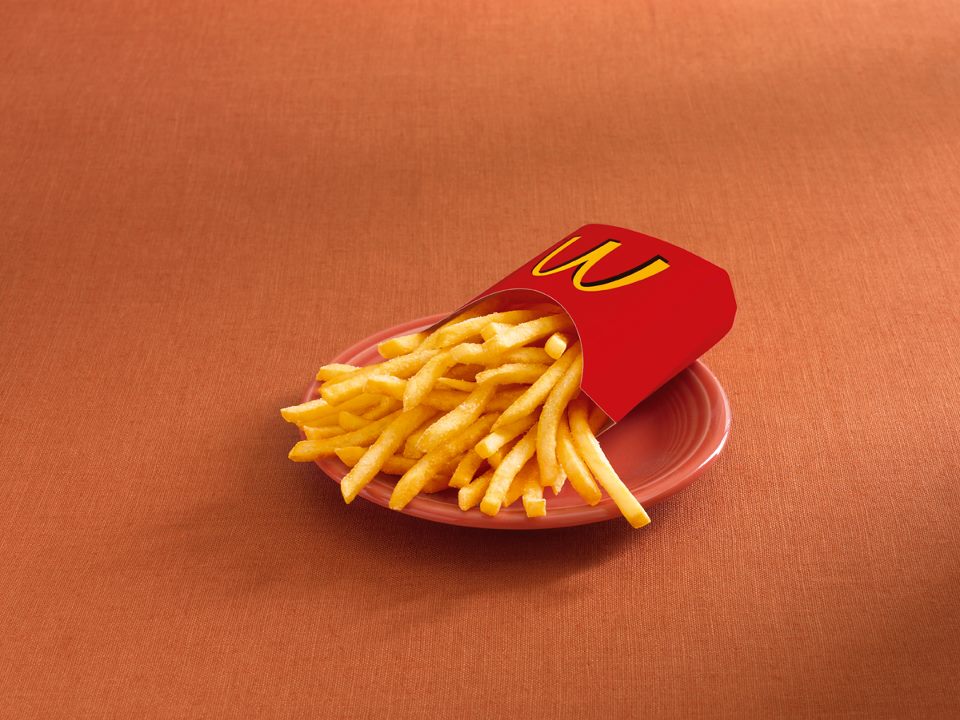
The modern education model sees an emphasis of real-life application of Maths skills over drills and rote learning, just like this one. As long as you’re creative and alert, there are plenty of opportunities everywhere to make Maths relevant and fun to your child!
Marcus Goh runs Write-Handed, a creative writing studio. At the same time, he teaches and writes curriculum for English and Literature for secondary school levels at The Keys Academy. He has been a specialist tutor for English and Literature (secondary school levels) since 2005.
Adrian Kuek runs Joyous Learning, an enrichment centre that specialises in English, Mathematics, Science and creative writing for primary school levels. He previously served as the academic director of one of Singapore’s largest enrichment centre chains for over 7 years.
This article was also published on Yahoo!.
If you liked the article, follow me on Facebook and Twitter for more (presumably) good updates!
To get in touch with me, send an email!
Leave a Reply